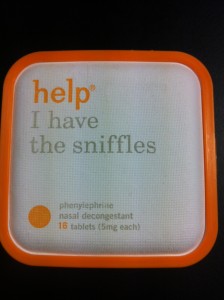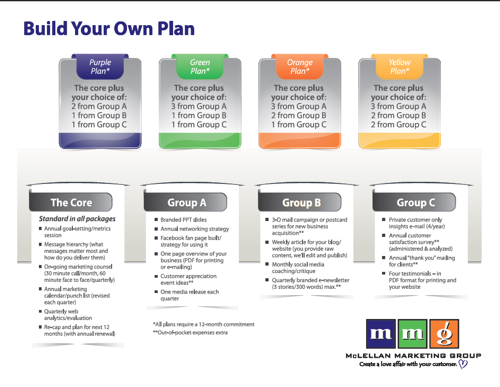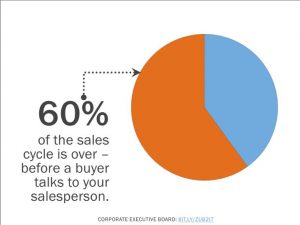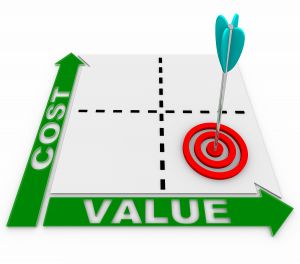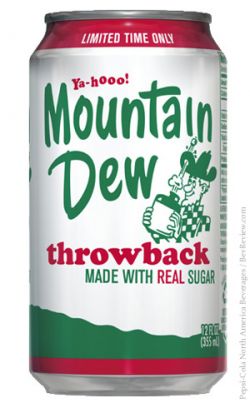What is the next step?
April 25, 2012
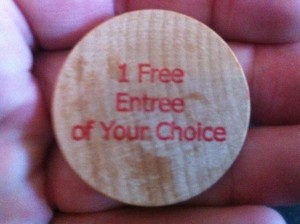 That’s the question you should ask yourself as you create any marketing piece. “What is the next step I want the prospect to take?”
That’s the question you should ask yourself as you create any marketing piece. “What is the next step I want the prospect to take?”
Whether it’s a Facebook fan page, an enewsletter, a TV spot or a blimp with your logo on it — you have earned their momentary attention. What are you going to do with it? Where do you want to take the conversation/connection from here?
- Do you want to give them the opportunity to contact you?
- Do you want them to share your content?
- Do you want them to ask you a question?
- Do you want them to laugh so hard that they have to tell someone about it?
- Do you want them to try a sample?
- Do you want them to redeem a coupon?
- Do you want them to click, text or call to give you a donation?
- Do you want them to sign up for your enewsletter or blog?
- Do you want them to stop by the store?
- Do you want them to recognize your name when you call?
There is no magic right answer other than — you should have an answer. Sales is a series of tiny baby steps. But you always have to be asking…what is the next step.
After you know what the next step should be — you need to help your audience know what the next step is. And by help I mean — tell them. Don’t be shy or subtle. Tell them.
Last week, I was fortunate to speak at a conference held by the Oklahoma Restaurant Association*and as part of their event — they hosted a reception where many of their members got to show off their best entrees as guests mingled through a large ballroom — nibbling on snack sized portions of all these good eats.
One of the restaurants, The Rib Crib, had clearly asked the question “what do we want them to do next” because as they gave you the sample-sized sandwich, they also handed each person a wooden coin that offered them a free entree at their next visit. They were clearly telling us what to do next. “Come experience our restaurant” is what they were saying to us.
Start looking at all of your marketing materials. If you can’t clearly identify the next step — how do you expect your prospects to?
* Many thanks to my friend Scott Townsend for paving the way to the invitation to speak.
More


